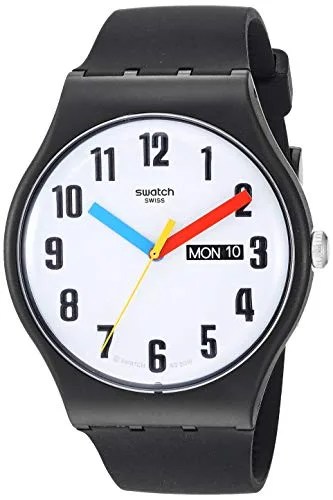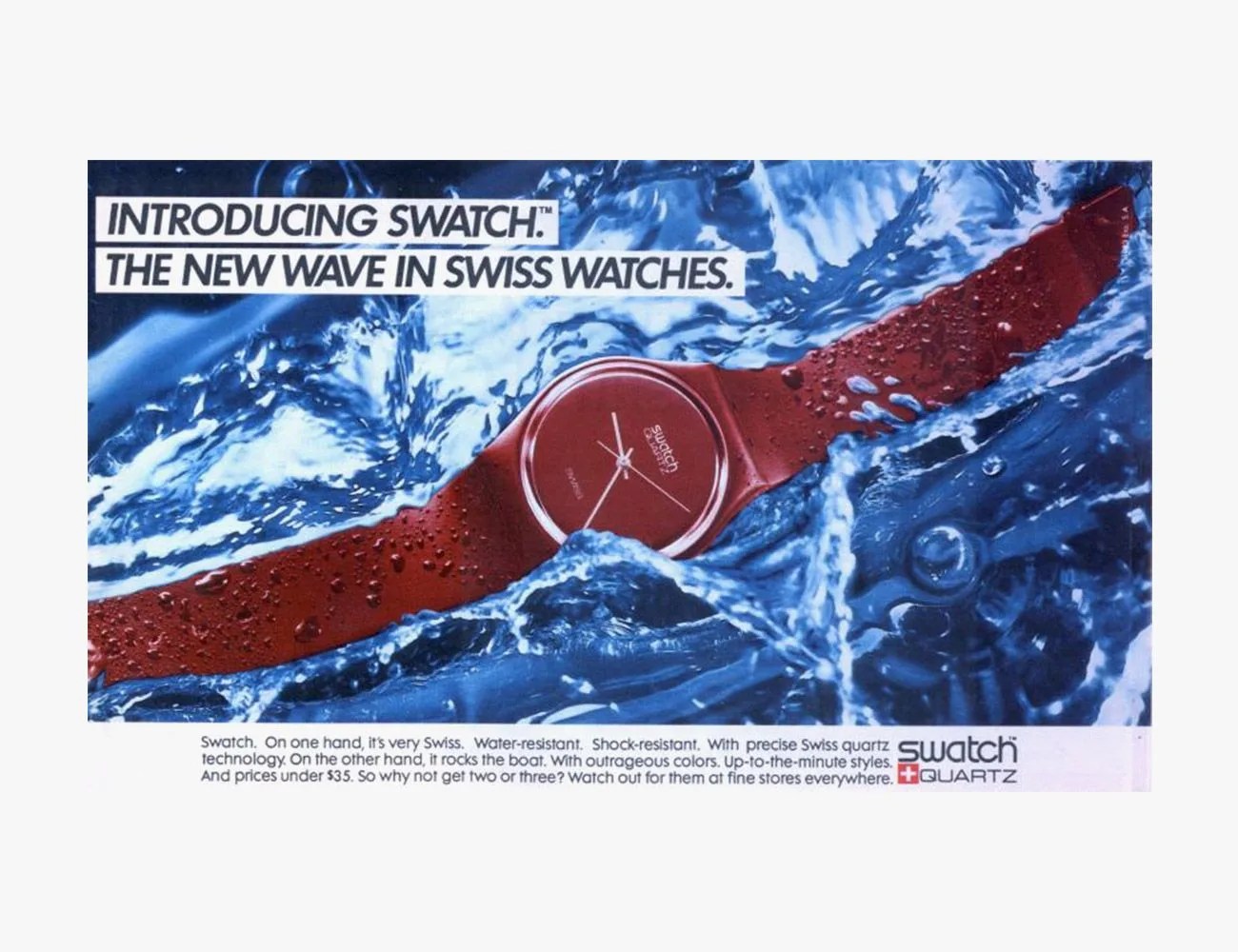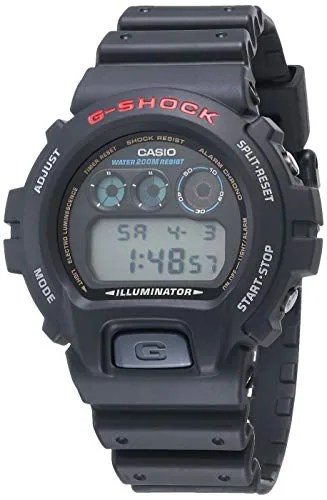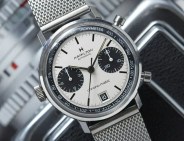Look back across the history of watches and you can identify certain inflection points: the birth of the modern sport watch in 1953, a crescendo of technologies in 1969 — and, in 1983, what many likely considered the manifestation of an industry’s decline. You might call it the Year of the Cheap, Plastic-Cased, Mass-Produced Quartz Watch.
While this certainly represented an era of crisis for some, hindsight paints it as an in-between time for culture and technology and as a necessary step toward the watch industry of today. In 1983: CDs were brand new, so people were still listening to Michael Jackson’s recent Thriller album on tape decks or record players; the first (pre-Super) Mario Bros. game debuted; NASA’s space shuttle Challenger launched; Seiko introduced the first TV watch — and the watch brands G-Shock and Swatch were born. No watches could’ve better represented the decade’s values and attitude.
The traditional mechanical watch industry had faced an inevitable wave of new technology already, so this was no sudden shock. Battery-powered electric watches were decades old, and quartz technology had followed, with Japan beating Switzerland in the race to bring the first quartz watch to market in 1969. Even Rolex was all-in for quartz.

At first, the often still-buggy technology was clearly superior in terms of accuracy, but it was cutting-edge and expensive. Quartz, however, would be groundbreaking in even more ways as the technology evolved: before long, it allowed watches to be slimmer than ever and its fewer moving parts made it more robust than mechanical movements with their intricate system of gears. But — and here’s the kicker — it also became extremely cheap to produce in great quantities. Finally, as ever more products were going plastic, a recipe emerged for a new era in watches.
Casio’s first watch to be cased in plastic (“resin”) debuted in 1978 — though Tissot had previously spent around 20 years developing a mechanical watch entirely produced in plastic, which it debuted in 1971. While many of the first quartz watches were produced in metal and even precious metals, the benefits of plastic were obvious and irresistible. Lightweight, incredibly affordable watches could be easily produced in any shape or color and in great volume — and, thanks to quartz, they were far more accurate than any watch in history.
 Amazon
AmazonSwatch 1907 BAU
-
$85.00 (12% off)




